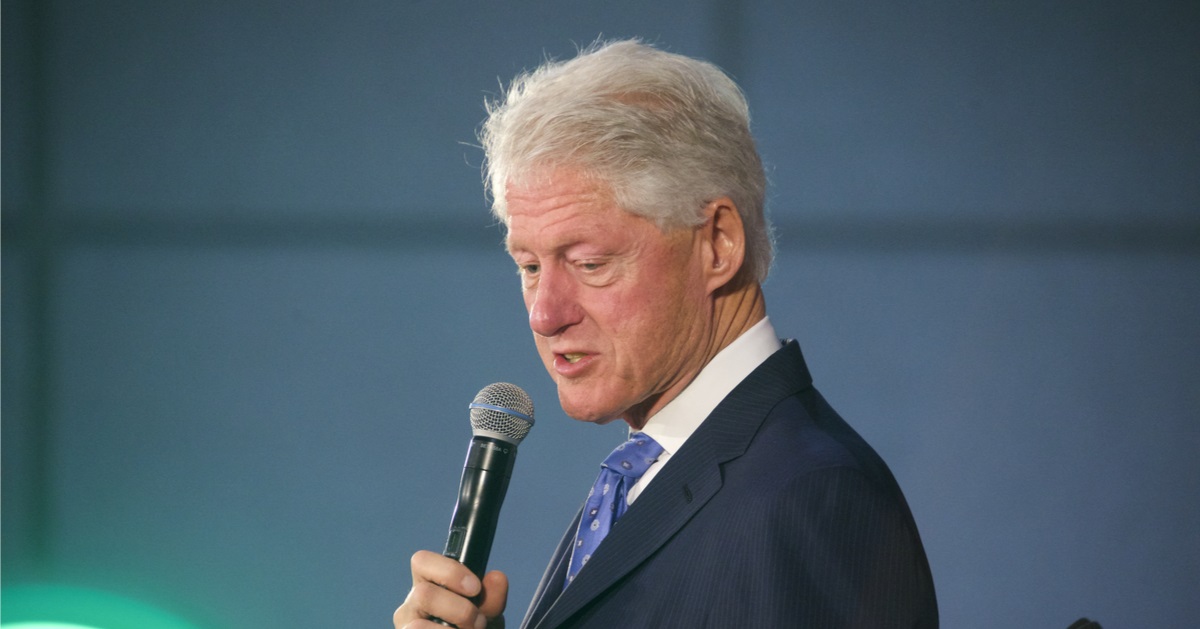Justices Barrett and Thomas reveal their different views on historical analogies in written opinions
The media made much of an alleged ongoing dispute between Justice Amy Coney Barrett and her more senior colleague, Justice Clarence Thomas, over the Supreme Court's consideration of historical analogs in deciding cases.
Yet, their disagreements as made public in recent written opinions merely reflect different methodologies in pursuit of their shared originalist ideals, according to The Federalist Society.
In essence, Barrett wants to see as many historical examples as possible in relation to a challenged law while Thomas is more focused on how closely analogous to the challenged law those historical examples are.
Barrett vs. Thomas
A prime example of the media overplaying the purported dispute between Justices Barrett and Thomas came in June with the Supreme Court's Vidal v. Elster case, in which all of the justices agreed to uphold a Patent and Trademark Office decision to not allow an individual to obtain a trademark using former President Donald Trump's name without his permission.
Thomas authored the majority opinion and cited a handful of analogous historical examples of restrictions against trademarking the name of a living individual without their express consent. Barrett wrote a concurring opinion that agreed with the ultimate conclusion but differed sharply on the methodology by which Thomas reached it.
She cited multiple historical examples that seemed to countermand Thomas' select few examples and appeared to criticize her senior colleague for not digging deep enough and faulted him for leaving open an unanswered question that the court would eventually be forced to decide when presented with a similar trademark case that lacked any real historical analogs.
The apparent bickering played out again later in U.S. v. Rahimi, in which the court upheld a prohibition on gun possession for individuals under a civil restraining order. Barrett agreed with the majority's historical analogs for the prohibition while Thomas dissented over his belief that the cited examples were not closely analogous enough.
Media highlight disagreements
The liberal media swiftly pounced on the apparent disagreement between the two conservative-leaning originalist jurists, as Newsweek declared that Justice Barrett "took the gloves off" against Justice Thomas in her Elster concurrence.
Likewise, RawStory reported that Barrett's concurrence amounted to "fighting words" and signaled a "rift" among the court's conservative-leaning majority.
Then there was Slate, which asserted that Barrett was "fed up" with Thomas' style of "sloppy originalism" and that her critical concurrence was a sign of her "remorse" for signing on to Thomas' 2022 Bruen decision, which centered on historical analogies and tradition in Second Amendment cases.
Justices have "different views" on using historical analogs
According to The Federalist Society, however, these disagreements are not evidence of a deepening rift but rather merely exemplify the fact that Barrett and Thomas "simply have different views about how historical analogies show us the Constitution’s meaning."
"Historical analogies have two parts: the history and the analogy," the organization explained. "Barrett demands more evidence of history, but Thomas requires a closer analogy."
"Unsurprisingly, detailed historical and analogical reasoning rarely makes headlines. It’s not inherently political, it’s hard to condense into 280 characters, and it taxes readers’ attention spans," they continued in a swipe against the media. "It is, however, the normal task of judging and a frequent source of good-faith disagreement."
The Federalist Society added, "One of Barrett’s and Thomas’s strengths is that their legal disputes mostly surround methods and analogies, bringing those to the fore and ensuring that the 'commonplace task' of judging persists in the marble palace at One First Street."






